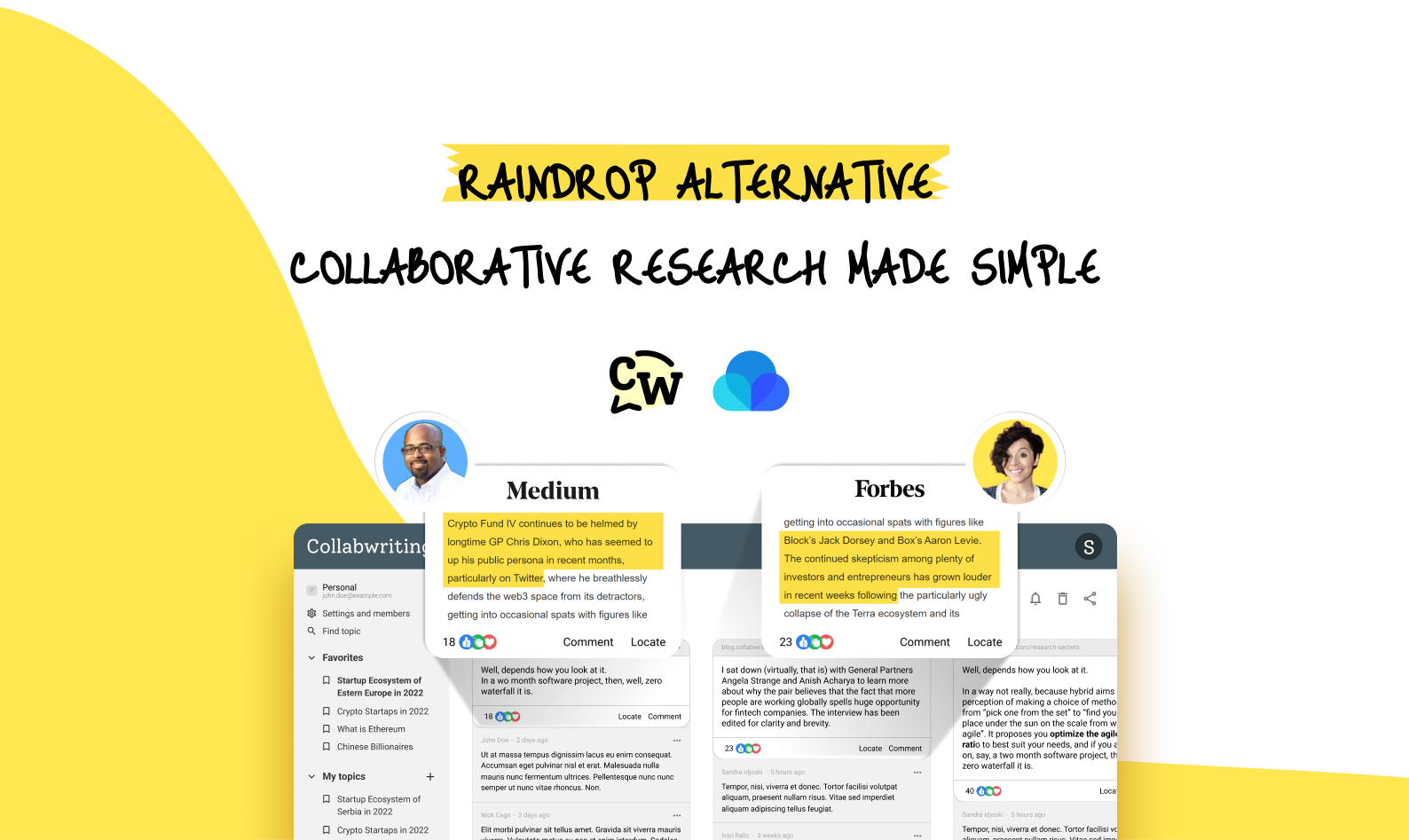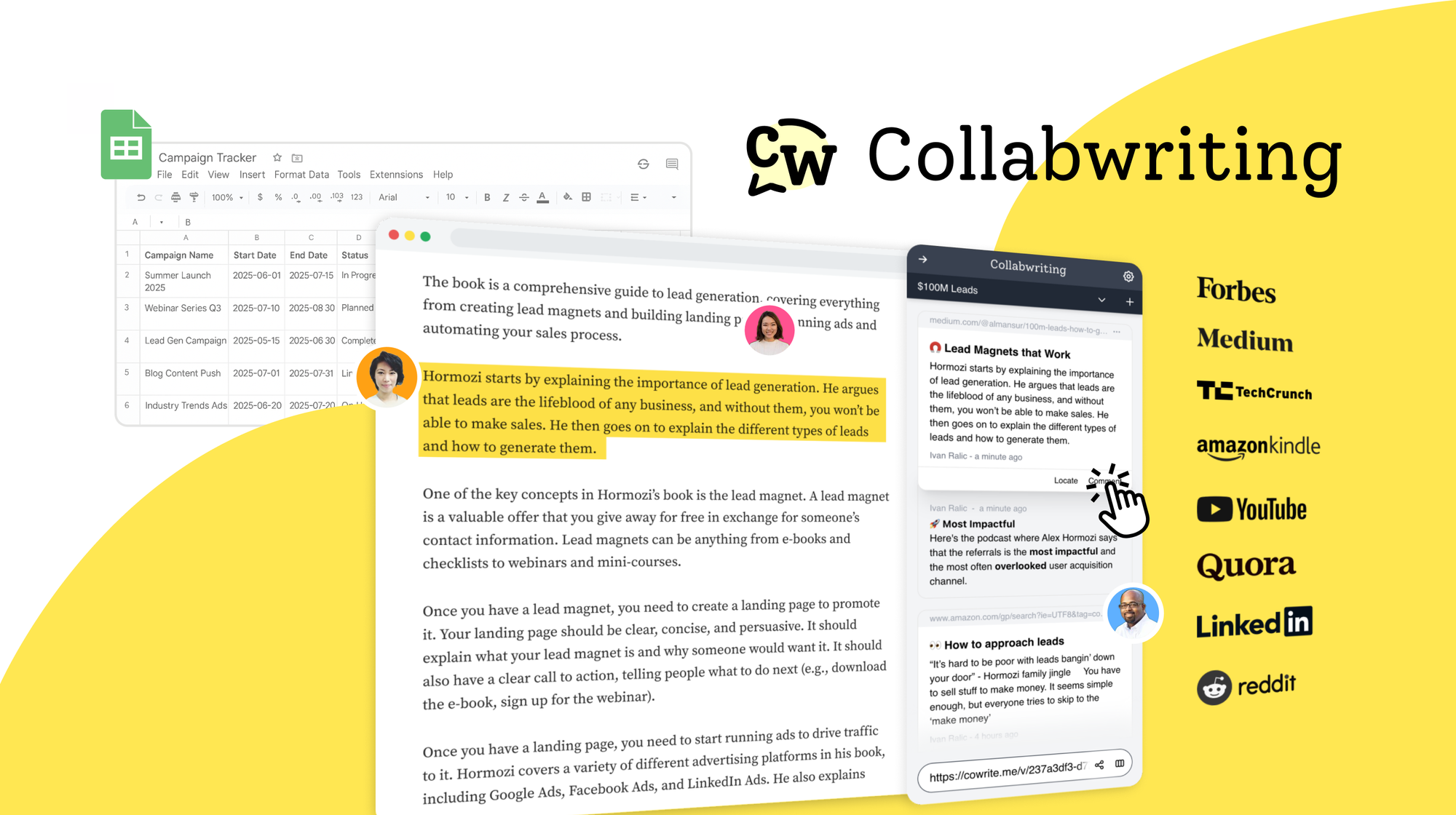As modern work environments evolve, async collaboration has become essential.
Teams now work from different locations, and asynchronous collaboration helps everyone stay productive without needing to be online at the same time.
In this article, we’ll explain what synchronous and asynchronous collaboration are, how they work, and why online tools - like whiteboards - can make teamwork easier.
The right approach depends on your team’s needs and preferences, giving everyone the flexibility to work in the way that suits them best.
What is Asynchronous collaboration?
Asynchronous collaboration, or async collaboration for short, is all about people working together but not necessarily at the same time. Each person does their thing, checks in when they can, and uses tools to keep the teamwork flowing.
This is especially useful for remote or hybrid teams. Instead of endless meetings, teammates can work separately but stay connected through async collaboration tools like shared documents, messaging apps, or online whiteboards.
Even if your team is already using emails or comments on shared docs, embracing asynchronous collaboration can save time, reduce interruptions, and improve overall productivity.
A Stanford study of 16,000 employees revealed that remote workers are 13% more productive. In another review, a company that switched to remote work recorded an increased $1.3 billion annual value.
Just remember, even with all this async efficiency, there's still room for a bit of good old face-to-face or screen-to-screen interaction to keep things humming along smoothly.
Examples Of Asynchronous Collaboration
- Messaging apps: Think of tools like Microsoft Teams or Slack as your go-to for chatting and working together. You drop a message, and your teammate replies when they hop online.
- Email: Platforms like Gmail or Outlook allow people to reply when it suits them.
- Video guides: Tools like Loom or Zoom let you create demos or tutorials that team members can watch anytime.
- Cloud collaboration: Tools like Google Workspace and Microsoft Teams let you and your team collaborate on docs, make changes, and leave comments to tackle when it fits your schedule.
- Video library: Imagine a bunch of training videos your team can watch whenever they need a refresher. Platforms like Guru can team up with learning tools such as Lessonly and Skilljar for self-paced learning.
- Project tools: To keep everyone on the same page, try Asana, Notion, or Trello. They help teams track tasks and projects asynchronously.
- Research collaboration tools: Platforms like Collabwriting let teams highlight, save, and comment on online content or PDFs without needing everyone online at the same time. And guess what? You can also collaborate on PDFs.
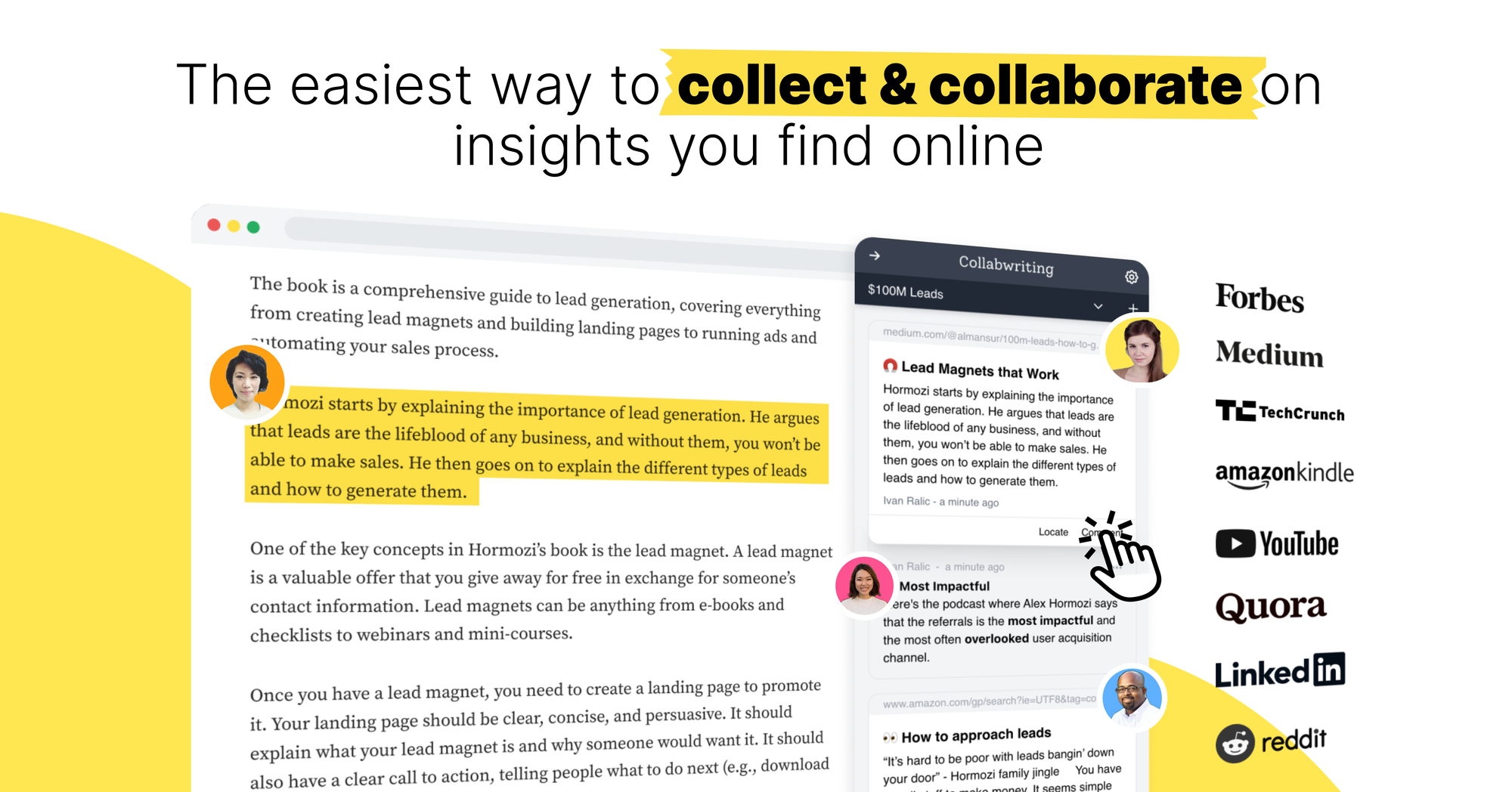
Collabwriting - Shareable Notes on Web Pages and PDFs
Collabwriting allows you to gather all your online sources in one place. No more endless scrolling, no more lost insights, just simple, structured knowledge at your fingertips.
Just highlight, save, and collaborate with anyone on any content you find online.
Benefits of Async Collaboration
Doing stuff asynchronously doesn't just save us from meeting overload. It's basically the secret sauce that keeps the whole organization running smoothly and boosts the bottom line. It's a game-changer for making things work better overall.
And the coolest part? There's data to back it up!
Increases efficiency
Asana’s recent Anatomy of Work Index revealed that workers are spending 58% of their time on “work about work” and 129 hours in unnecessary meetings each year.
Billy Blau, head of corporate and business development at Asana said:
By enabling employees to review and respond to actions and messages in their own time, you’re giving them the flexibility and space to focus on skilled, high-impact work.
Supports different collaboration styles
Lucid’s research shows that 56% of people feel that the loudest, most active voices dominate meetings.
Async work lets the big thinkers, planners, and organizers flex their skills. They get to carefully plan and organize their thoughts before a deadline, doing it when their brainpower is at its best.
Connects dispersed teams
Employee demand for flexible working arrangements is at an all-time high: 65% of professionals would prefer an entirely remote work environment and 32% would prefer a hybrid workplace.
However, fostering effective collaboration among a dispersed workforce isn’t always easy. With asynchronous collaboration, teams can work together from where they want, when they want - without losing productivity.
Increases innovation
By removing location and time barriers, async collaboration allows organizations to capture more diverse perspectives and as a result, accelerate innovation.
In fact, a Boston Consulting Group survey found that organizations with above-average diversity earned a whopping 45% of their revenue through innovation.
Promotes transparency
Meetings often create a knowledge gap and force you to have duplicate conversations to bring everyone up to speed. Asynchronous communication enables the company to capture that knowledge in a documented and easily scalable format.
Anique Drumright, COO at Loom
Improves team morale
When meetings don’t dictate an employee's schedule, they have more control over when they get their work done. And research shows that when employees feel trusted and have autonomy, they’re happier.
According to Harvard Business Review, a 40% reduction in meetings not only made employees more productive but also increased satisfaction by 52%.
Straight-up communication
Asynchronous communication might take a bit more time, but it's like the VIP section for thoughtful responses. You get to mull over your ideas, gather your thoughts, and hit back when you're totally ready.
This not only makes your message crystal clear but also saves everyone from going back and forth unnecessarily.
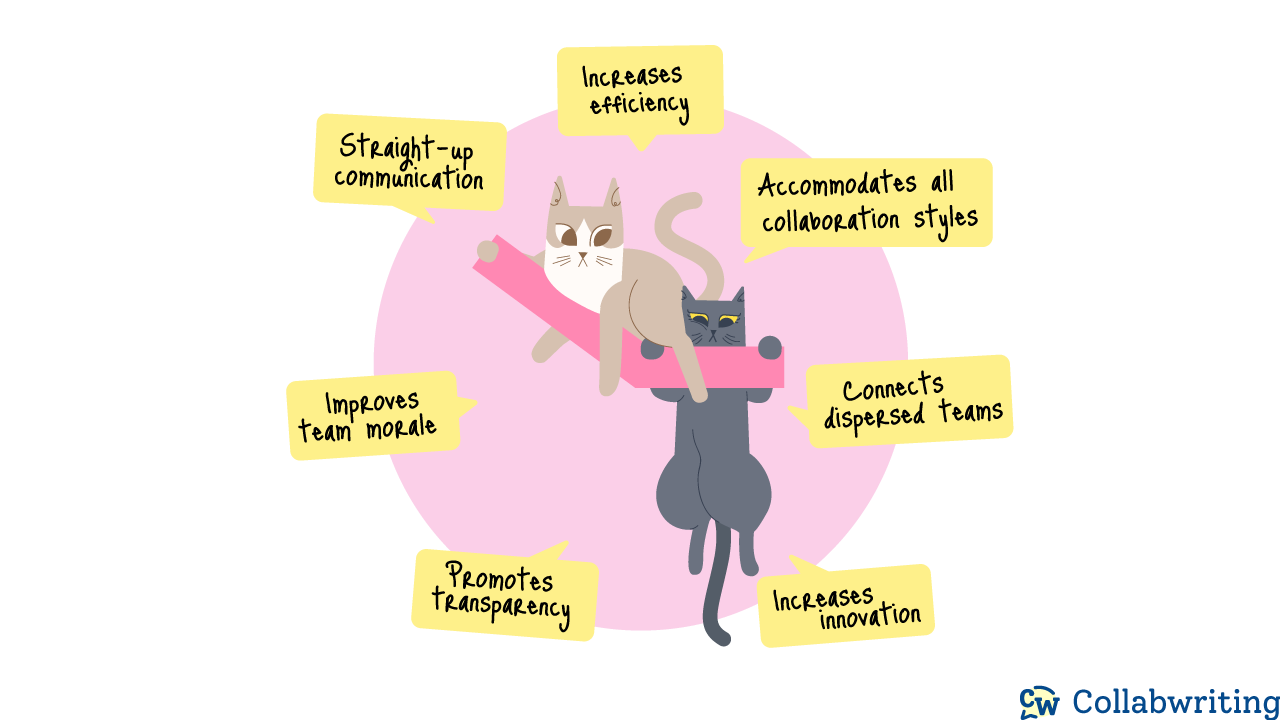
What’s Synchronous Collaboration?
Synchronous collaboration happens in real-time, like meetings, calls, or live chats. It’s useful for brainstorming, sensitive discussions, or fast-moving projects but can also interrupt focus.
In the past, before the internet, this was the usual way of working, often in a physical office with similar hours.
Some organizations still find this method effective for promoting teamwork and creativity. It involves quick responses to messages, reliance on meetings for information exchange, and everyone working during the same hours. Meetings, both one-on-one and group sessions, play a crucial role, especially for managers.
While synchronous collaboration tools facilitate rapid responses, they can also lead to interruptions, providing quick feedback within a coordinated timeframe.
Balancing Synchronous and Asynchronous Communication
Balancing synchronous and asynchronous communication is key.
Let's be clear - we're not saying ditch real-time chat completely. There are times when it just makes sense.
- Keep real-time meetings for discussions that need immediate input.
- Use async collaboration tools for updates, document reviews, and research.
Take remote work, for instance. It can get pretty lonely, right? Synchronous communication helps you connect with your team, build relationships, and collaborate better.
It's handy for important stuff too, like discussing sensitive topics, giving feedback, doing performance reviews, or brainstorming a bunch of ideas at once. When a project is moving fast, a Zoom meeting can get everyone on the same page. And in a crisis, you gotta act fast, so synchronous communication is a lifesaver.
It can be a bit of a time drain when:
- You're stuck waiting for everyone to show up to a meeting.
- Your morning routine is all about tackling work emails and Slack messages.
- Your entire day is spent in an endless email chain instead of finishing your task.
The trick?
Keep real-time chats to a minimum. Let your team do their thing, but set some rules to keep everyone on the same page. Don't hover, but be there when they need a hand.
Oh, and mix it up! Throw in some team bonding events to tackle loneliness, and you've got a winning combo of both real-time and flexible communication.
Your team stays happy, and everyone keeps that work-life balance in check.







![5 Tools Marketers Use to Organize Research - Compared [2025]](/content/images/2025/11/cover-4-1.png)

![Build Credibility in Research: Smart Way to Verify Information and Track Sources Easily [2025]](/content/images/2025/10/covers-for-blog--7--1.png)
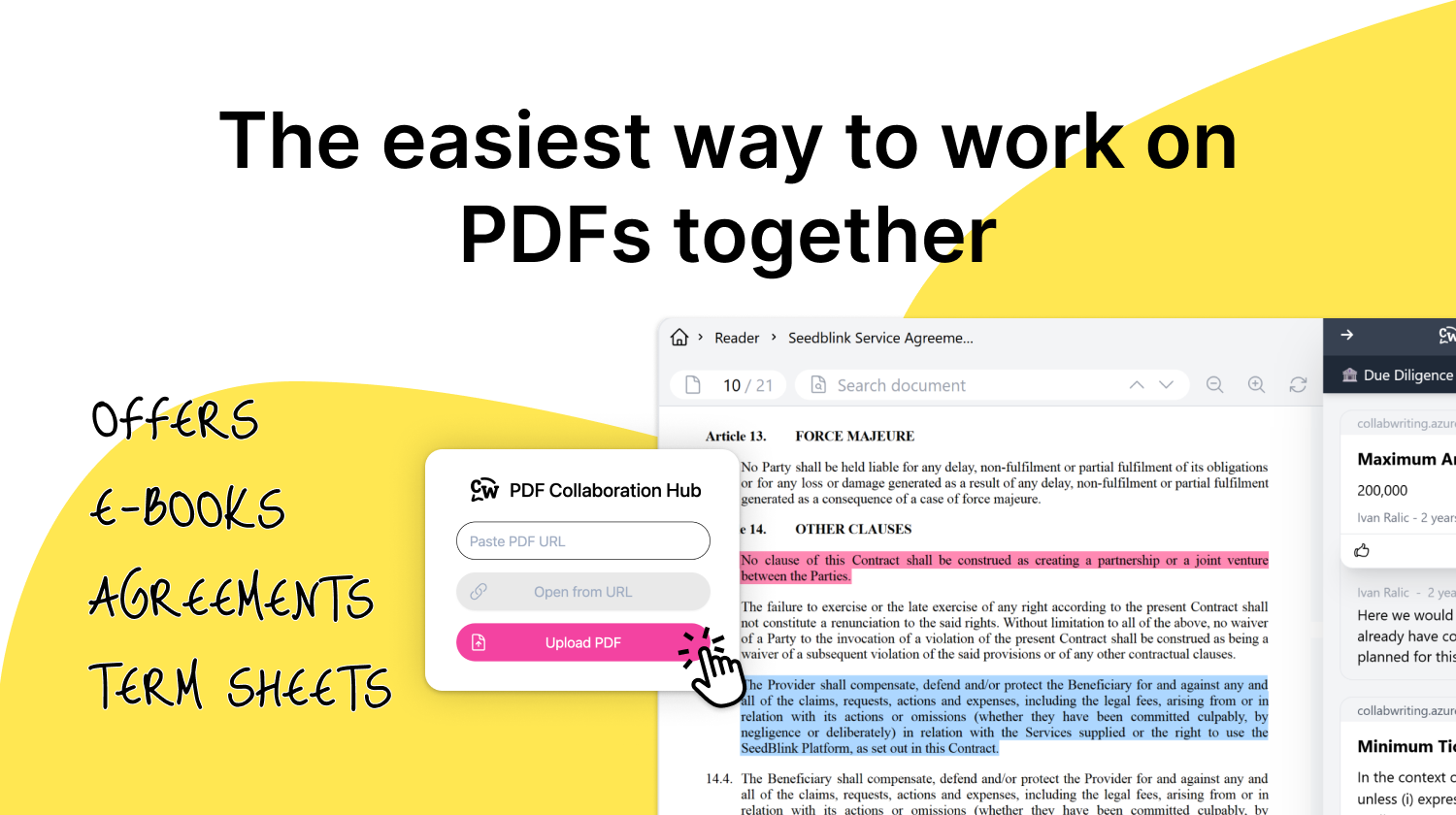
![How Marketers Can Turn LinkedIn Content into Collaborative Research [2025]](/content/images/2025/10/covers-for-blog--8-.png)
![Best Readwise Alternative for Personal & Team Research [2025]](/content/images/2025/09/Frame-814--3-.png)
